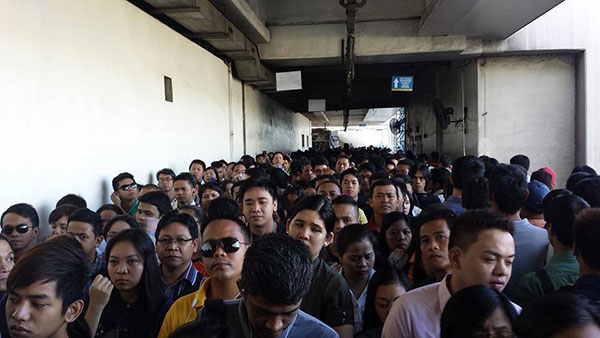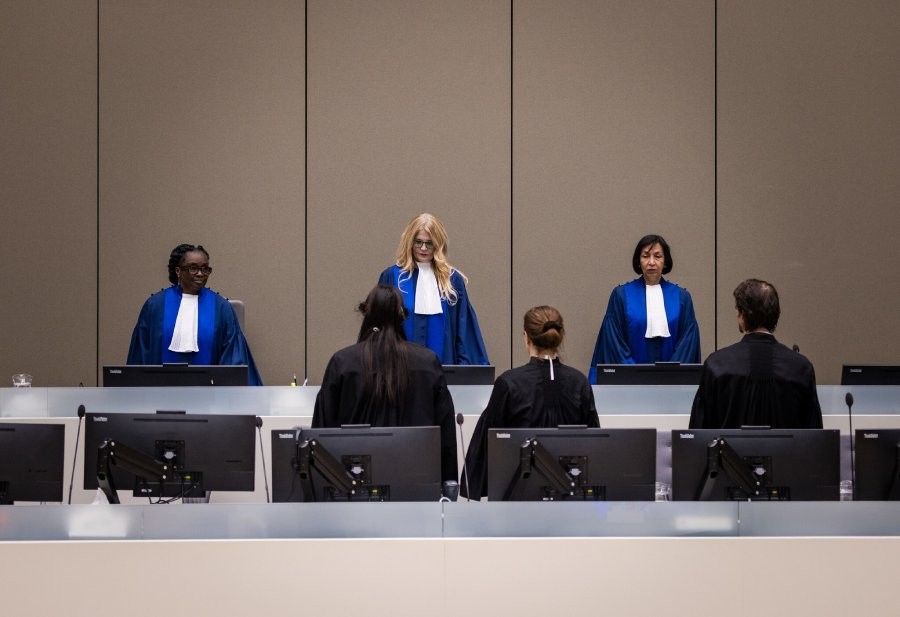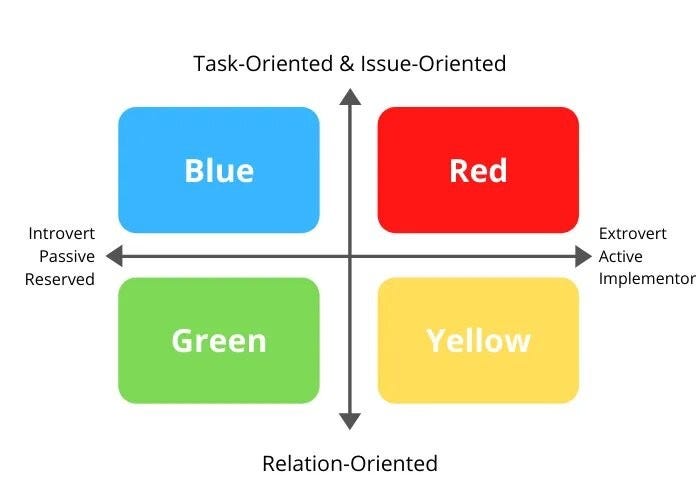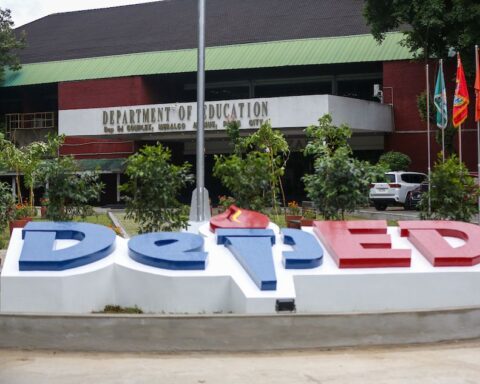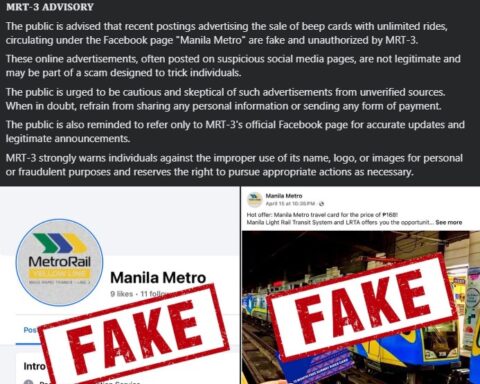Starting April 2, Light Rail Transit Line 1 (LRT-1) passengers are now paying more to ride the train under the newly implemented fare rates. Stored value card holders will be charged ₱16 to ₱52, while single journey tickets will now cost ₱20 to ₱55, depending on the distance traveled.
The fare increase was approved to help cover operational costs and support system upgrades, according to transport authorities and the private operator. They emphasized that adjustments are necessary for the sustainability and continued development of the rail system.
However, this change comes at a time when many households are still feeling the weight of rising prices—from groceries to electricity and fuel. While fares have gone up, wages have remained relatively stagnant, leaving some commuters concerned about the growing gap between income and daily expenses.
For the thousands who rely on the LRT-1 for work, school, and errands, affordability and reliability are both essential. Fare hikes are understandable if they are accompanied by visible improvements in service—such as reduced waiting times, cleaner facilities, and safer rides.
Public transportation plays a vital role in keeping cities moving. Any change in pricing must be matched with efforts to improve commuter experience. After all, for most Filipinos, the LRT is not just a convenience—it’s a necessity.
In the coming months, commuters will be hoping to see the promised improvements that justify the increase. A modern transport system should balance efficiency, accessibility, and fairness—not just for today, but for the long term.

